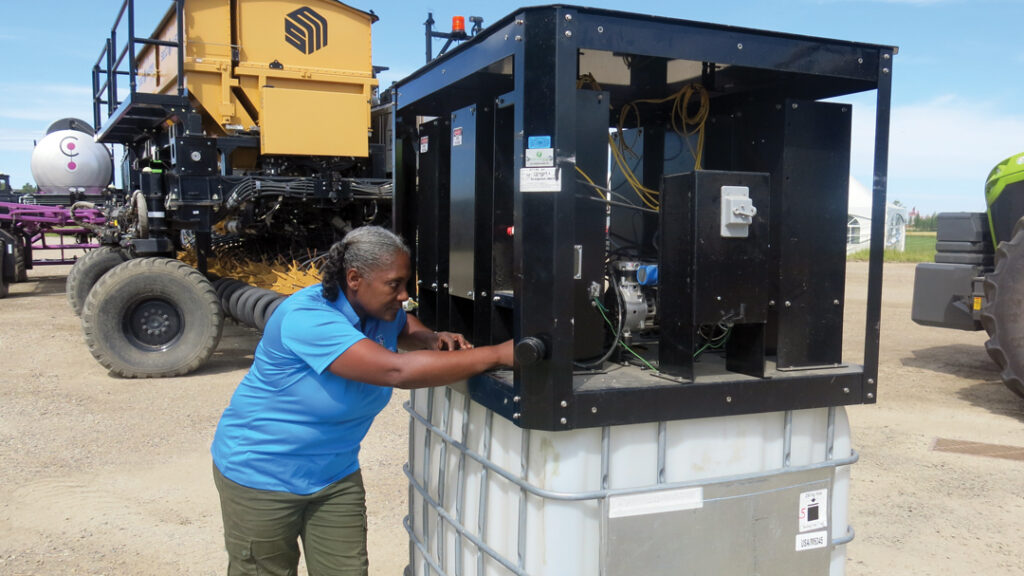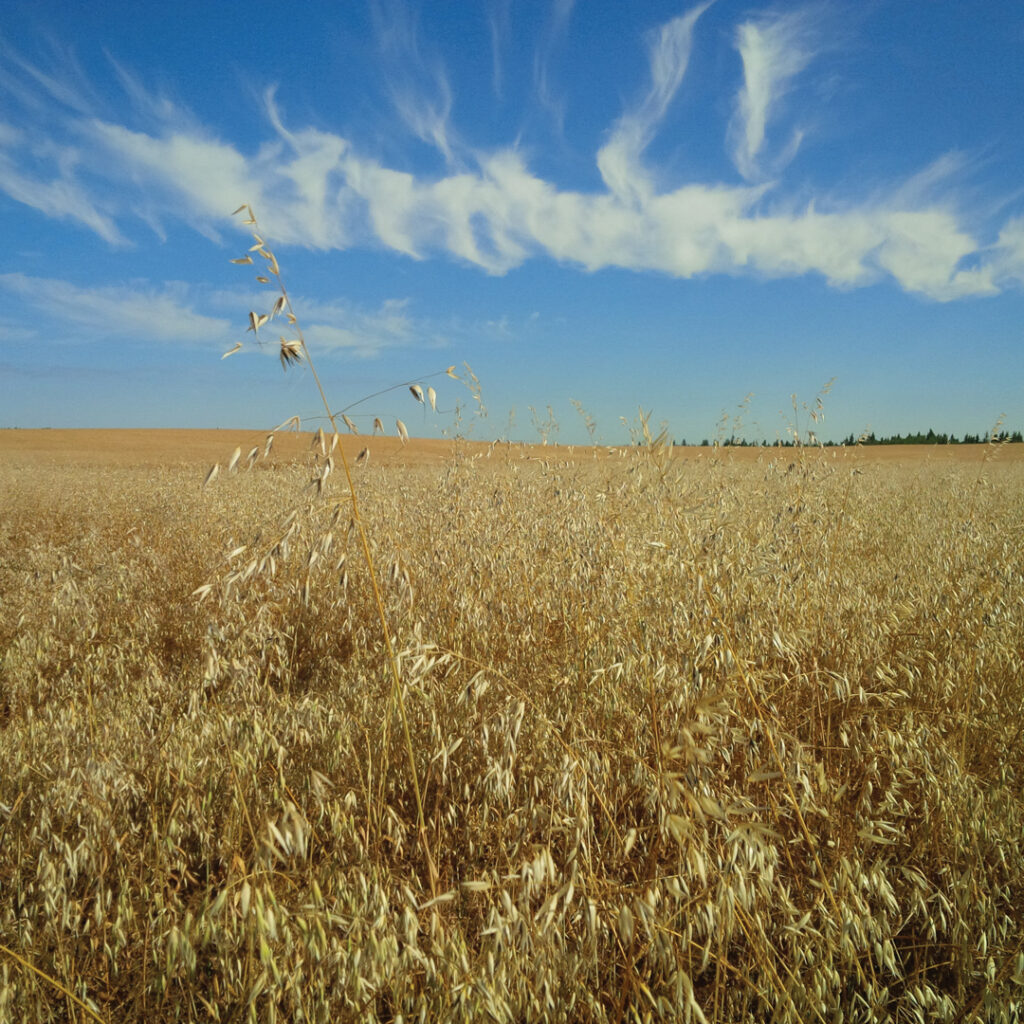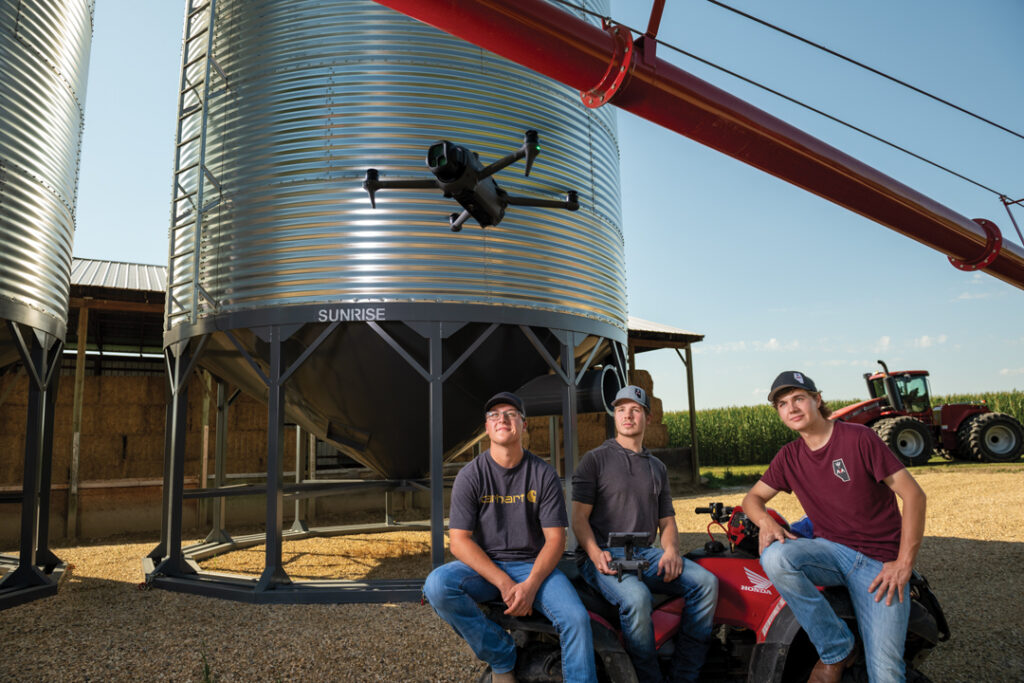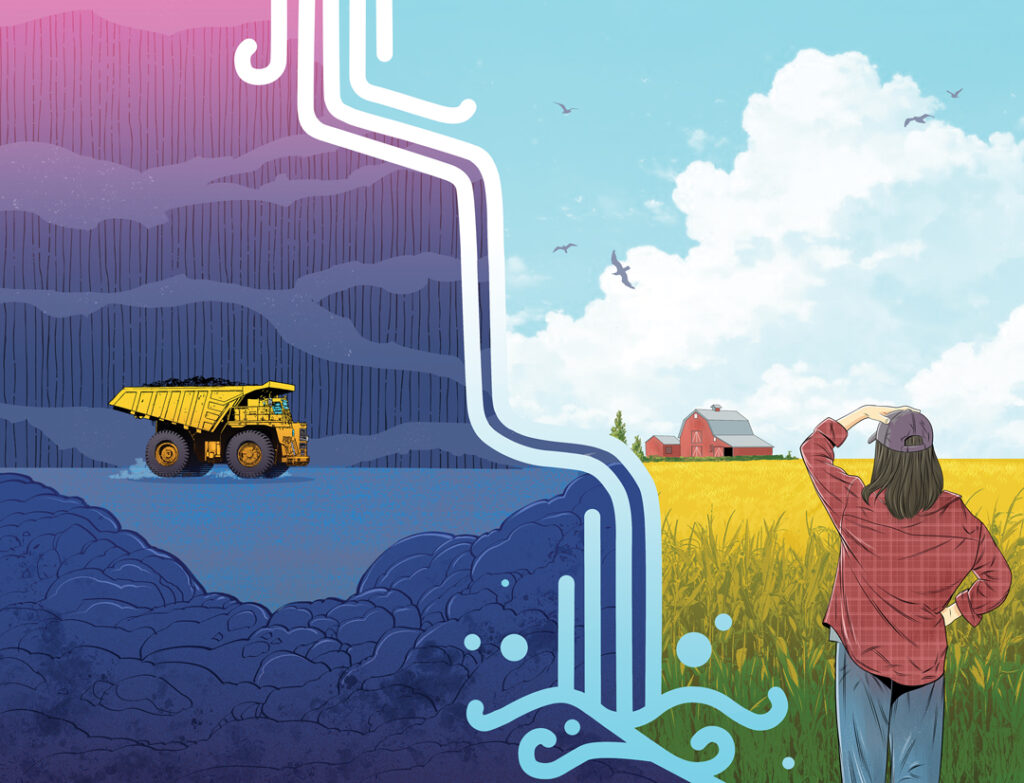PEROGIES OF A DIFFERENT STRIPE
When Anna and Vladimir Posikera received three awards for their multicoloured perogy products at the 2024 Made in Alberta Awards ceremony, Anna found it hard to speak as she took the stage to accept. Just two years earlier in February 2022, the couple, their two young children and Anna’s mother fled Kostiantynivka, a city near the frontline of the Russo-Ukrainian war. Though thrilled to be honoured as grand winner, their difficult escape and the ongoing war occupied their thoughts. “It was very emotional for us,” said Anna.













